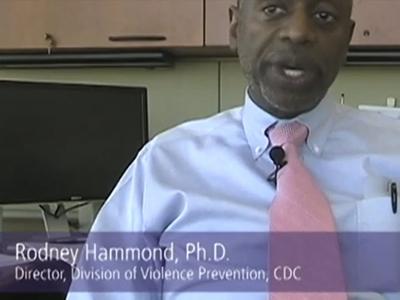
Together for Girls: Working to end sexual violence
Contributed by: Ithar Hassaballa
BACKGROUND AND CONTEXT:
Generally, the issue of sexual violence in Africa is difficult to overcome because of the social stigma that comes with it. The community will more than likely be quick to judge a girl for ‘engaging in sexual behavior at such a young age’ even if it was sexual violence. Because young women are not made comfortable to speak openly about their experiences with sexual violence, many keep it a secret.
There are essential facts that are related to the issue of sexual violence. Girls and young women are the main victims of this issue. Both social factors and economic factors contribute to the problem. For instance, the social stigma can lead to a lot of shame felt by the girls. Because of poverty, some girls can even be dragged into prostitution. Addressing this issue also has political and cultural barriers. Because of the poverty, employment, and health issues in many African countries, sexual violence is not seen as a high-priority concern that needs to be addressed by politicians. The interesting thing is that issues of poverty and unemployment can lead to sexual abuse and violence. Sexual abuse can also lead to many health problems. “Sexual violence against girls is a global human rights injustice of vast proportions with severe health and social consequences.” (CDC 2011)
In 2002, the World Health Organization estimated that 150 million girls under the age of 18 had experienced some form of sexual violence. Studies also indicate that as many as six out of ten sexual assaults are committed against girls ages 15 and younger. As shocking as these numbers seem, they are likely underestimates because most cases of sexual violence are never reported to authorities due to fear, stigma, and discrimination. Millions of girls are also exploited in prostitution and pornography every year, often lured or forced into these situations through false promises and limited knowledge about the risks.
The consequences of this injustice are profound, with immense health and emotional effects on individuals, as well as broader social and economic impacts. Girls who are victims of sexual violence are three times more likely to have an unwanted pregnancy, and girls under age 15 who are pregnant are five times more likely to die in childbirth than women ages 20 to 24. Girls who are victims of sexual violence are also at increased biological risk of contracting HIV/AIDS and other sexually transmitted diseases. Even if a girl is not infected with HIV directly following an act of sexual violence, research indicates that she becomes more likely to contract infectious and chronic diseases afterwards. This is because sexual violence alters the life path of many girls, leading to depression, substance use and high-risk behaviors.

Picture of a displaced girl, 12, raped when fetching firewood. (Sudan)
BROAD GOALS AND SPECIFIC OBJECTIVES:
The Together for Girls partnership includes UNICEF, UNAIDS, UNFPA, UN Women, the US President’s Emergency Plan for AIDS Relief (PEPFAR), the US Department of State’s Office Global Women’s Issues, the US Centers for Disease Control and Prevention, and the CDC Foundation.
Together for Girls has employed advocacy tactics to combat sexual violence. Working with national governments and civil society, the Together for Girls partnership is taking practical and effective steps to tackle sexual violence against girls. There are broad goals and specific objectives for the advocacy effort: the broad goal is to end sexual violence against girls, and to accomplish this, they worked towards specific objectives such as establishing child-friendly courts and integrating Domestic Violence and Sexual Offenses units into 75% of police stations in the country.
Partnership efforts focus on three pillars:
- Data: Conducting national surveys and collecting data to document the magnitude and impact of sexual violence against girls to inform government leaders, civil society, and donors.
- Action: Supporting a plan of action at the country level with interventions tailored to address sexual violence. These range from national policy-level dialogue and legal reform to improved services and community-based approaches.
- Awareness: Launching communications and public awareness campaigns to draw attention to the problem and motivate changes in societal and gender norms and behaviors.
IDENTIFYING RESOURCES AND ASSETS TO BE USED IN THE ADVOCACY EFFORT:
- Women and girls who have experienced sexual violence, and those affected or potentially affected by sexual violence
- CDC’s national collection of data on the prevalence of sexual violence
- The Together for Girls initiative
- Other international agencies
- Government
- Police
- Other key stakeholders
RESULTS AND EVALUATION OF SUCCESS:
Experience in Swaziland demonstrates how this approach can make a difference. Swaziland collected accurate national data on the scale and causes of sexual violence. This research indicated that one-third of girls experienced sexual violence. This alarming finding provided a catalyst for coordinated actions by allies like the government, civil society, international agencies and other key stakeholders. This included a national education campaign for the general public to raise awareness around the issue of sexual violence and how to prevent it, strengthening the capacity of police to respond to sexual violence through training and establishing specialized units to investigate such offenses against children, and the establishment of a child-friendly court with safe spaces for children’s testimony and strengthened legal systems.
Together, we can build societies where all girls are safe and valued. The result will be a more hopeful world for girls – and for us all.
To learn more, read this booklet about Together for Girls, their mission, and their work.



